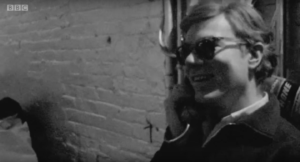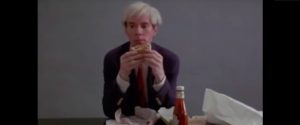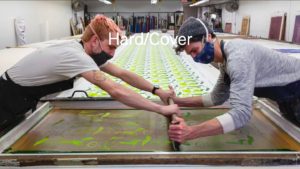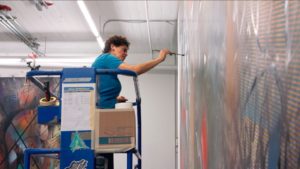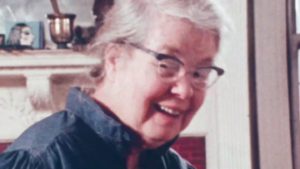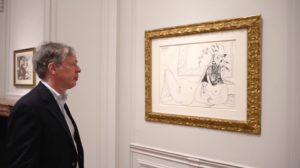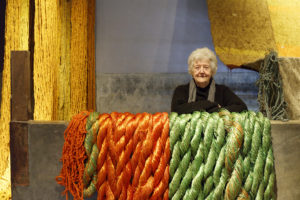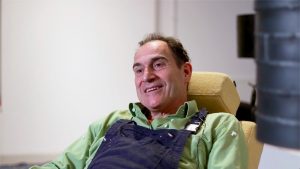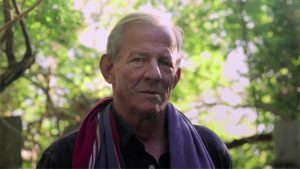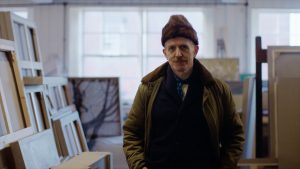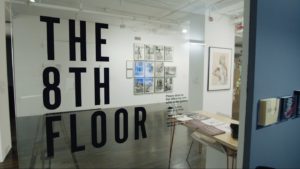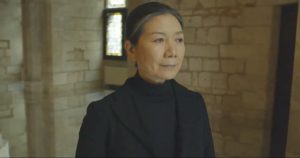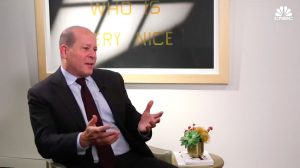
“The art historian John Richardson used to refer to Warhol as ‘a recording device’ who was constantly recording the world around him. And I think Warhol really understood the strength of both – of how to edit the world and how to put himself in the world. And as a result, Andy Warhol is one of the most important artists of the last half of the 20th century, and as I firmly believe, most likely to be very important in this century.” — Gregor Muir, Director of Collection, International Art
After the monumental Andy Warhol exhibition that held our attention last winter at the Whitney Museum, the Tate Modern is now getting in on the Warhol-mania with its own exhibition, organized with the Museum Ludwig, Cologne. Although it is currently closed to the public due to the COVID-19 restrictions. In this new video from the Tate, we hear from curators Fiontán Moran and Gregor Muir as they seek to “return to the man” Andy Warhol. They discuss Warhol through the lens of the immigrant story, his LGBTQI identity, and his concerns with death and religion.
From the Tate:
Andy Warhol was the son of immigrants who became an American icon. A shy gay man who became the hub of New York’s social scene. An artist who embraced consumerism, celebrity and counter culture – and changed modern art in the process.
This major retrospective is the first Warhol exhibition at Tate Modern for almost 20 years. As well as his iconic pop images of Marilyn Monroe, Coca-Cola and Campbell’s soup cans, it includes works never seen before in the UK. Twenty-five works from his Ladies and Gentlemen series – portraits of black and Latinx drag queens and trans women – are shown for the first time in 30 years. Visitors can also see his floating Silver Clouds and experience the psychedelic multimedia environment of the Exploding Plastic Inevitable.
Popularly radical and radically popular, Warhol was an artist who reimagined what art could be in an age of immense social, political and technological change.


